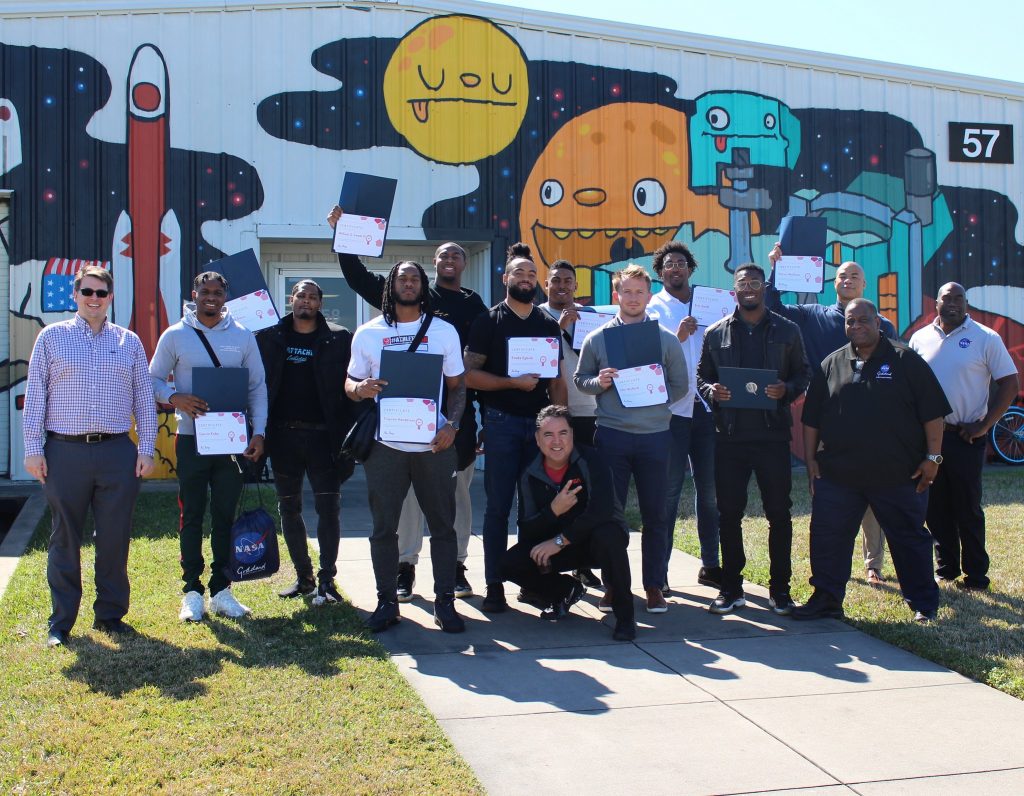
In the 1960s, two famous American establishments were hitting their stride. The first Super Bowl took place in 1967, and two years later, NASA landed men on the Moon. Now, more than five decades later, American football and the space agency are coming together in the name of technology transfer.


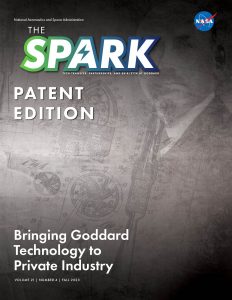
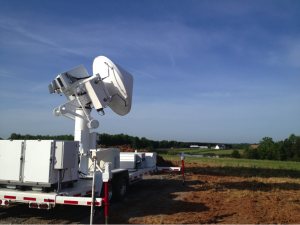 Remote Sensing Solutions received a Phase I and Phase II SBIR award to develop the D3R or Dual-wavelength, Dual-polarized Doppler Precipitation Radar specifically for the GPM mission. The goal was to design a portable, all-weather multi-wavelength antenna that would act as the ground base calibration and validation system for GSFC’s cloud and precipitation measuring mission (the GPM mission).
Remote Sensing Solutions received a Phase I and Phase II SBIR award to develop the D3R or Dual-wavelength, Dual-polarized Doppler Precipitation Radar specifically for the GPM mission. The goal was to design a portable, all-weather multi-wavelength antenna that would act as the ground base calibration and validation system for GSFC’s cloud and precipitation measuring mission (the GPM mission).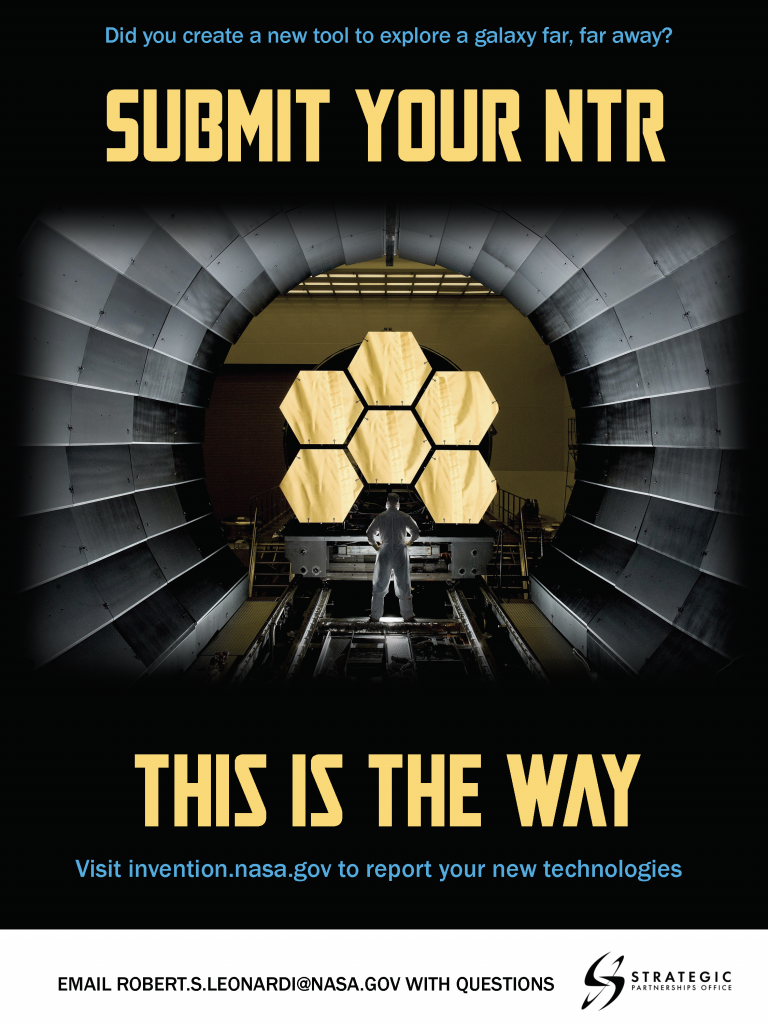
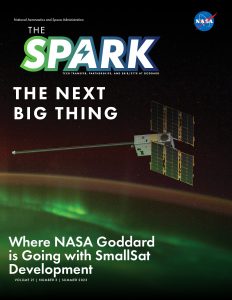
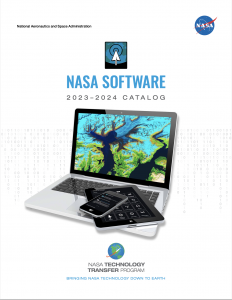
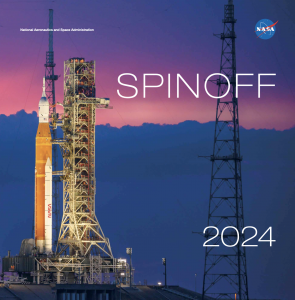

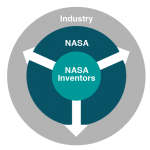 Outreach initiatives are programs conducted to better educate outside parties about the services that SPO provides to connect NASA staff with potential external partners/collaborators. SPO conducts outreach on a continuous basis to make the outside world aware of opportunities at Goddard related to technology transfer, SBIR/STTR, and partnerships. Selected initiatives are described below (see
Outreach initiatives are programs conducted to better educate outside parties about the services that SPO provides to connect NASA staff with potential external partners/collaborators. SPO conducts outreach on a continuous basis to make the outside world aware of opportunities at Goddard related to technology transfer, SBIR/STTR, and partnerships. Selected initiatives are described below (see 